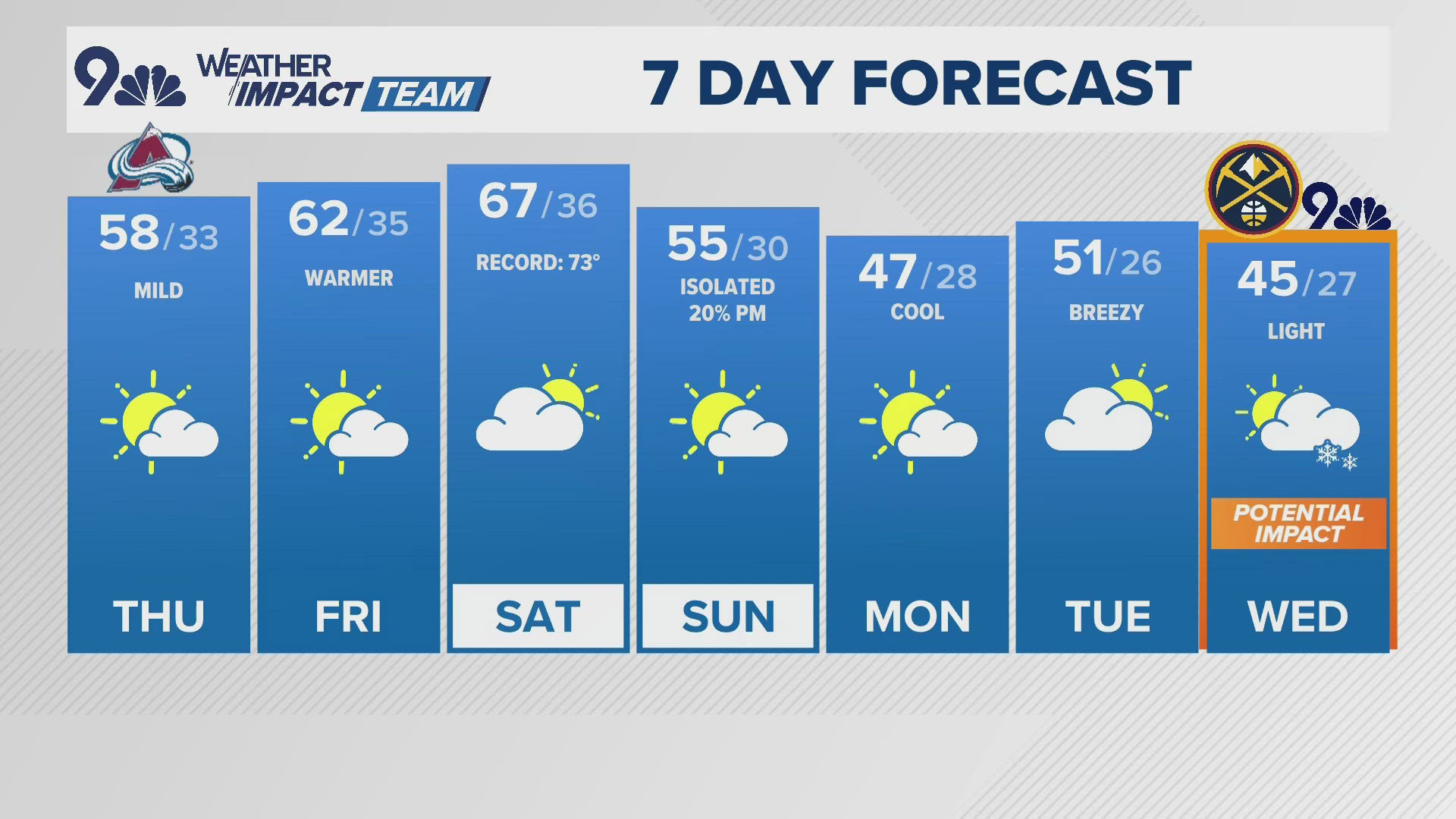We get all types of severe weather in Colorado, but hail is one of the most common. When severe weather strikes, hail is usually a threat. It can be dangerous and damaging. The more you know about hail, the more prepared you can be.
The process of hail forming is a bit of a roller coaster for the icy stones.
David Barjenbruch with the National Weather Service in Boulder said that hail usually forms in strong thunderstorms. Technically almost all thunderstorms have hail, but a lot of the time the hail is small enough to melt away on the fall down.
Hailstones big enough to still be frozen when they hit the ground come from thunderstorms with strong updrafts, or rapidly rising air. Barjenbruch said the stronger the thunderstorm, the stronger the updrafts and the bigger the hail can be.
The updraft has to be strong enough to carry water droplets into the storm’s higher, colder reaches. Then the droplets freeze and accumulate, becoming larger and forming a hailstone.
Then they become too heavy and fall. But for hailstones to grow large enough to survive a fall to the ground unmelted, a key element is recirculation.
So as they fall, the hailstones collect more water and are carried back up to the storm’s freezing heights by the updrafts, growing layers until they finally succumb to gravity and fall to earth.
“So many different shapes and sizes, even in the same thunderstorm,” he said, from pea- to golf-ball size, which is typically the largest that Colorado sees.
The National Weather Service uses everyday objects to compare hail size. Some of the smaller sizes are dime, penny, nickel and quarter. In Colorado, a storm is considered severe if it’s producing hail that’s quarter size, that’s 1 inch in diameter, or larger.
Hail season along the Front Range is from April through October. Residents here can count on three or four catastrophic hail storms every year.
And according to the Rocky Mountain Insurance Information Association, or RMIIA, that means up to half of your homeowners insurance premium may be going toward hail and wind damage costs. So making sure you have the right insurance in place is extremely important.
Carole Walker with the RMIIA said after you protect yourself from that storm, protect your pocket book and contact your insurance agency right away.
“The first thing you need to do is document, document, document," she said. "Get out the cell phone, take some photographs, videos of that damage. Write it down, detail it for your insurance adjustor to come out.”
Walker says to also take a deep breath. It may be tempting to fix the damage immediately, but she recommends you coordinate with your insurance company and get several quotes to fix your property.


